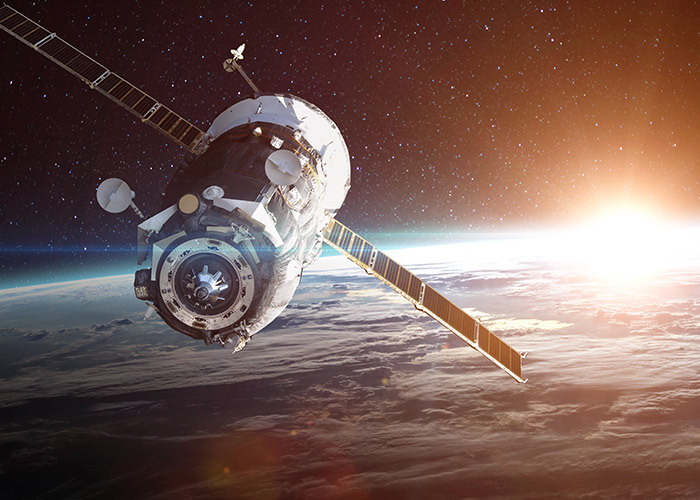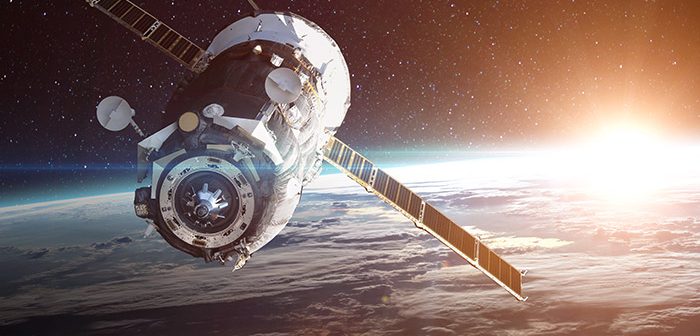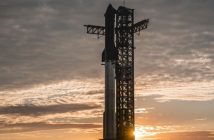
By Andrew Curran
The Head of Iran’s Space Agency (ISA) has told Tehran-based journalists that the agency intends to put five to seven satellites into orbit within the next 12 months, including the Pars-2 satellite. The Revolutionary Guards will also launch their own additional satellites. The planned rollout reflects Iran’s increasingly assertive space program.
Speaking after the successful launch of a Pars-1 satellite, ISA Head Hassan Salariyeh outlined the future schedule on April 28, 2024. He said some launches will occur at the still-under-construction Chabahar Spaceport in the country’s southeast, while up to two launches will take place outside Iran. Salariyeh added the satellites would primarily handle telecommunications, measurement, and research work.
Salariyeh’s agency is responsible for Iran’s civilian and commercial space program, while the Guard’s Aerospace Force Space Command oversees the country’s military launches. In April 2020, the Guards sent their first military satellite into orbit.
Since the start of the year, Iran has sent a domestically manufactured Soraya satellite into low Earth orbit onboard a Revolutionary Guards-developed Qaim 100 satellite launcher. ISA sent the Mehda, Kayhan 2 and Hatef 1 satellites into orbit some 450 kilometres above Earth using an expendable Simorgh rocket. In late February, the Iranian made Earth observation Pars-1 satellite hitched a ride into space onboard a Russian-made Soyuz rocket.
In early 2023, Iran released a ten-year space agenda aiming to make the nation a leading space power in terms of launches, technologies, and services. While several Western governments, including those with space programs of their own, have expressed concerns about Iran’s space ambitions, Iran maintains that, like other nations, it has the right to develop sovereign space capabilities. Despite the increasing interest of the Revolutionary Guards in space and the dual civilian-military use of many space technologies, Iran says its primary interests in space are purely peaceful.
Salariyeh says ten of the 11 most recent launches were conducted on Iranian soil. At the time of the Soyuz mission, Iran’s Information and Communications Minister Issa Zarepour told state media that ISA used the Vostochny Cosmodrome in Eastern Russia because Iran’s domestic launch facilities could not inject satellites at the proper inclination for a sun-synchronous orbit.
However, the opening of the first stage of the Chabahar Spaceport will help Iran’s space program overcome some of these technical and geographical limitations. Chabahar’s relative proximity to the equator will allow rockets to gather more speed by better harnessing the Earth’s rotational pull, enhancing launch capabilities and reducing costs.
The opening of the first stage of Chahabar this year will allow Iran to begin handling sun-synchronous low-Earth orbit launches. Stage two will see the spaceport handle international launches. By the time the spaceport is fully complete by 2031, it will be capable of handling rockets with solid-fuel launch vehicles.





